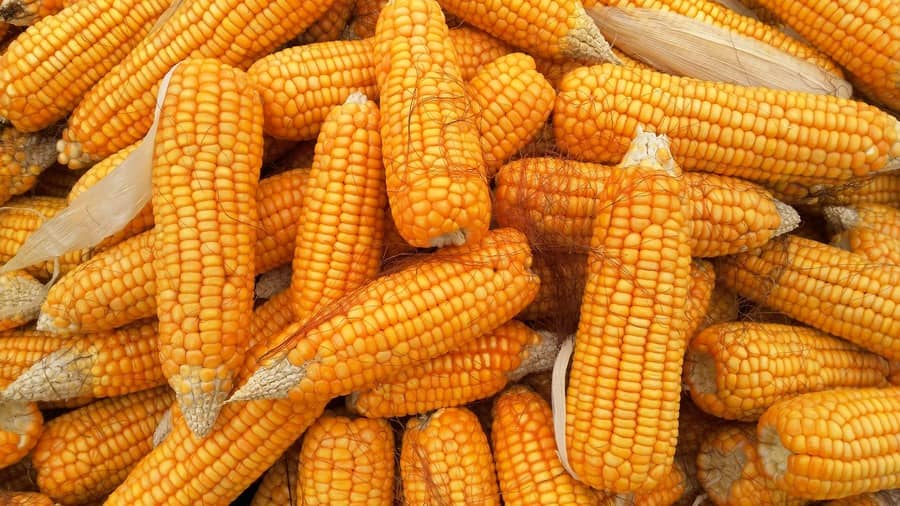Porto Alegre, December 19, 2023 – Brazil’s 23/24 grain crop begins to suffer a more evident setback in the middle of an El Nino year. The historical and statistical characteristics of this phenomenon bring a favorable condition for summer crops and convert into full crops, of course, except for the Matopiba region. In 2023, although NOAA statistically does not confirm a super El Nino, the actual climate conditions in Brazil lead us to believe in the most intense presence of the phenomenon. Thus, from the drought in the Amazon to unprecedented soybean production losses in Mato Grosso, we are heading toward an erratic 23/24 crop, with a distorted climate and breaking the natural logic of events. It is difficult to predict production, as the scope of climatic events exceeded the traditional effect of El Nino. Summer corn has little influence this year, but excessive rainfall during pollination and the few days of sunshine may be affecting yield, which can only be assessed at harvest. Despite this, many growers gave up planting corn in the summer and switched it for soybeans. For the 2024 second crop, the picture now enters its decisive phase. Even though the soybean cycle is getting ahead of schedule, rain is needed to make the planting viable, which perhaps is the biggest evaluation point for January.
A surprising change in atmosphere resulted from the US central bank’s meeting this December, held last week. After the strong employment data for November, as well as the 3.1% inflation accumulated in twelve months, with a slight decline from the October figure of 3.2%, caution was still expected on the part of the Fed for the interest rate bias in 2024. The inflation target is 2% in twelve months, and changes in monetary policy were not expected before inflation was positioned closer to this level.
The Fed made an unexpected speech, completely opposite to its normal trajectory outlined thus far of observing indicators before a reversal of the interest rate bias. At this meeting, the Fed brought the bias of at least two interest cuts in 2024, with one member even citing three possible cuts. Despite having maintained interest rates in December, the bias toward cuts brought radical changes to the global financial environment. The S&P 500 index surged, and the dollar showed a reasonable devaluation.
The dollar index, which measures the value of the dollar against a basket of currencies, showed a strong devaluation to 102 points, the lowest level since last July. Closing the week, the PMI indicator brought expansion to the services sector and decline to the industrial sector. The market has become too optimistic, predicting cuts in interest rates already in March. We must understand that 2024 will be a US election year, and perhaps this early version of US interests is linked to electoral strategy.
The strong devaluation of the dollar could have brought a proportional appreciation to the real. In a normal situation, without twin deficits, the Brazilian economy could already be dealing with the dollar below BRL 4.80, with optimism for economic growth. However, with the vision of possible deficits in the current account, external, and the primary deficit, internal, that is, twin deficits, the Brazilian forex market seems to have lost a little connection with the optimistic version of the current Brazilian monetary policy. The real, instead of appreciating, dropped again, with the dollar at BRL 4.97, showing that there is some internal conflict.
Without a doubt, the settlement of US monetary policy with the interest rate reduction bias for 2024 brings an improved condition for Brazil. The scheduled cut of 0.5% in the Selic rate and the new cut projected for January, in the same proportion, tend to be less attractive to external capital, and we will depend more on results in the trade balance. The Brazilian currency policy is just trying to find a new point of balance in the structure of national accounts. The chance of a currency surge is more remote, but the details in this internal environment will be preponderant.
Follow the Safras Agency on our website. Also follow us on our Instagram and Twitter and stay on top of the main agribusiness news!
Copyright 2023 – Grupo CMA

